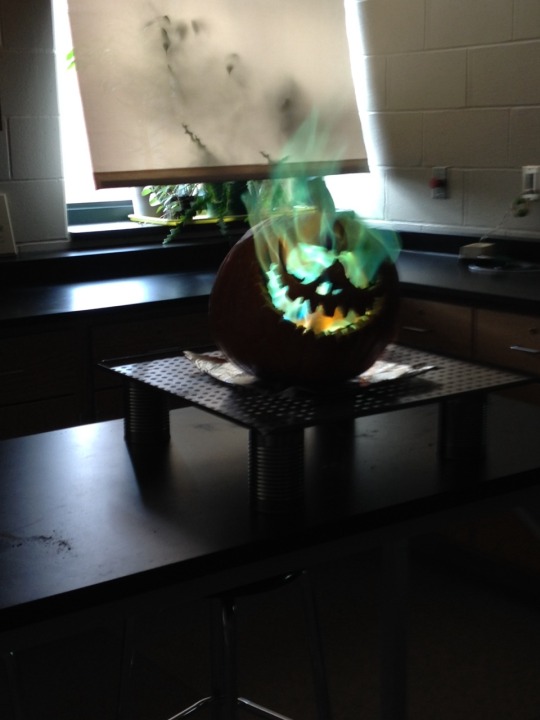Photo


Sunspots are dark regions on the solar surface that contain complex arrangements of strong localized magnetic fields and are often accompanied by intense solar activity (such as solar flares, coronal mass ejections), especially during the solar maximum. The dark central region of a sunspot is called the umbra. It contains nearly vertically oriented magnetic flux tubes, which suppress the convective heat transfer. These magnetic flux tubes emerge to the solar surface at the activity belt (±30◦ latitude) and form bipolar sunspot pairs. Due to the energy deficit the inner part of the sunspot is about 1,500 degrees cooler than the surrounding quiet Sun, therefore it appears darker against the hotter and brighter background. The semi-dark outer section of the sunspot – the penumbra is surprisingly complex. It contains bright and dark filamentary structures with varying magnetic field inclinations. The inclination of the magnetic field plays a significant role in the formation of radial plasma currents, known as the Evershed flow. In the presence of increasing magnetic inclination the granular cells become elongated magnetoconvective rolls.
More information:
Spectropolarimetry of Sunspot Penumbrae
A mean-field Babcock-Leighton solar dynamo model with long-term variability
Convection and the Origin of Evershed Flows
Sunspot Modeling: From Simplified Models to Radiative MHD Simulations
Image Credit: The Royal Swedish Academy of Sciences, Vasco M.J. Henriques/Luc Rouppe van der Voort
4K notes
·
View notes
Photo

Happy Ada Lovelace Day! Celebrate with her beautiful letter on science and spirituality, then revisit the story of how she became the world’s first computer programmer, paving the way for women in science and tech.
709 notes
·
View notes
Photo



Yeah so there was a pumpkin on fire in my science class today
459K notes
·
View notes
Text
One of my flatmates drew pictures of all of our faces and i look like Gareth Gates...
1 note
·
View note
Photo




This is the coolest outer space animation ever. It shows the Crab Supernova explosion, happened in 1054, and its evolution into the remnant it is now - called the Crab Nebula. Basically a thousand years speeded up into less than a minute.
Modern understanding that the Crab Nebula was created by a supernova, an explosion of a massive supergiant star, dates to 1921 when Carl Otto Lampland announced he had seen changes in its structure. This eventually led to the conclusion that the creation of the Crab Nebula corresponds to the bright SN 1054 supernova recorded by Chinese astronomers in AD 1054. There is also a 13th-century Japanese reference to an appearance of a new or “guest” star in Meigetsuki. It was then so bright it was visible during the daytime for 23 days.
animation credit: ESA/Hubble (M. Kornmesser & L. L. Christensen)
5K notes
·
View notes
Photo

The luminous purple sky is mirrored in the thin sheet of water across the world’s largest salt flat, Salar de Uyuni, in Bolivia.
Photograph by Xiaohua Zhao
(TheGuardian)
10K notes
·
View notes
Photo

Several years later, my obscure pickle jar shit post returns
1 note
·
View note
Photo
she made me do it im sorry


me: takes post shower selfies instead of revising
30 notes
·
View notes































